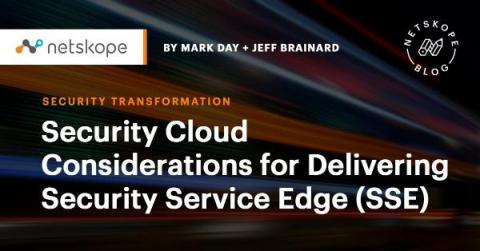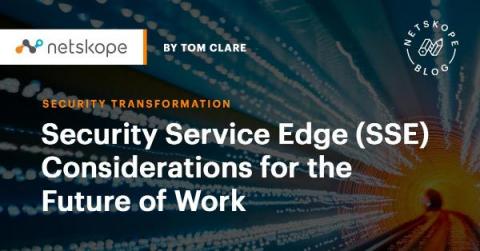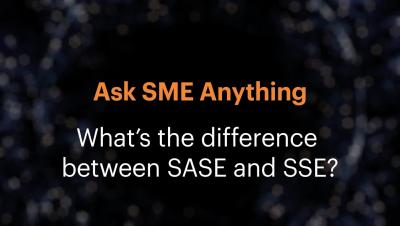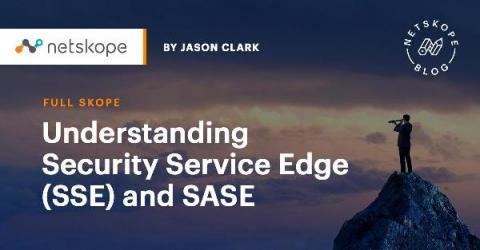Security Cloud Considerations for Delivering Security Service Edge (SSE)
In recent blogs, we’ve explored the role of Security Service Edge (SSE) technologies as part of a SASE architecture, and the key differences between SSE and SASE. But so far, we’ve focused more on overall functionality than on its realization and what SSE means from a cloud design and implementation perspective. In this post, we shift gears to put a spotlight on networking and infrastructure as it relates to security clouds.





